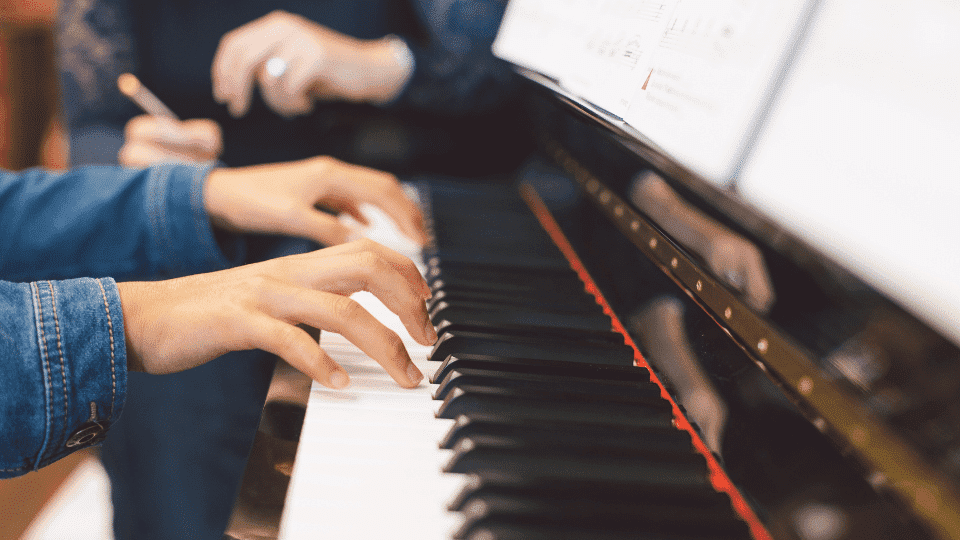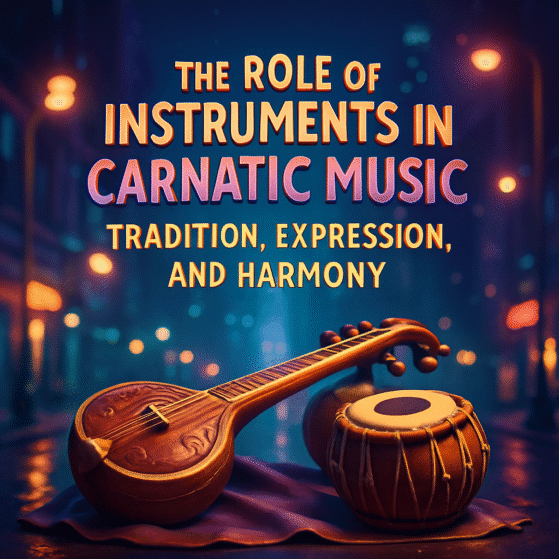Improving Piano Playing by Ear for Intermediate Students
Introduction
Embarking on the journey of learning to play the piano is a fulfilling odyssey, brimming with avenues for self-expression and artistic discovery. As an intermediate student, you’ve likely grasped the essentials of piano playing and are now poised to ascend to new heights. At this pivotal stage, honing the ability to improve piano playing by ear stands as a paramount pursuit—an art that not only enriches your musical repertoire but also fosters avenues for improvisation, composition, and a deeper connection with music. Within this comprehensive guide, we will immerse ourselves in the captivating realm of improving piano playing by ear for intermediate students, equipping you with pragmatic strategies, tailored exercises, and invaluable insights to navigate this transformative skill with confidence and mastery.
Understanding the Importance of Playing by Ear
Playing the piano by ear involves the ability to listen to a piece of music and reproduce it on the piano without the aid of sheet music. While reading sheet music is undoubtedly essential for any pianist, playing by ear offers a unique set of benefits. It enhances your musical intuition, improves your improvisational skills, and allows for greater flexibility and spontaneity in your playing. Moreover, playing by ear fosters a deeper understanding of music theory and harmony, as you learn to recognize chord progressions, melodies, and musical structures by ear.

Developing a Musical Ear
The foundation of playing the piano by ear lies in developing a keen musical ear. This involves training yourself to recognize and identify musical elements such as melodies, chords, intervals, and rhythms solely by listening. To enhance your ear training, consider incorporating the following exercises into your practice routine:
Melody Recognition: Listen to a variety of songs and try to sing back the melodies. Pay attention to the contour, rhythm, and phrasing of the melody, and strive to replicate it accurately on the piano.
Chord Identification: Practice identifying different chord qualities (major, minor, diminished, etc.) by their sound. Play chords on the piano and train yourself to recognize their characteristic sound and emotional quality.

Interval Training: Train your ear to recognize intervals—the distance between two pitches. Start with simple intervals (e.g., seconds, thirds) and gradually work your way up to more complex ones. Singing intervals and playing them on the piano can help reinforce your understanding.
Rhythmic Dictation: Listen to rhythmic patterns and try to clap or tap them accurately. Focus on internalizing the rhythmic feel of different musical styles and genres.
Transcribing Music
Transcribing music is a vital skill for any musician, especially for improving piano playing by ear for intermediate students. This process entails listening to a musical piece and transcribing it solely by ear, whether onto paper or directly onto the piano keys. To enhance your transcription abilities and further refine your ear training, here are some valuable tips to consider:
Choose Suitable Material: Start with simple songs or melodies that are well within your current skill level. Gradually progress to more complex pieces as you gain confidence and proficiency.
Break It Down: Divide the music into smaller sections and transcribe them one at a time. Focus on deciphering the melody, harmony, and rhythm of each section before moving on to the next.

Use Reference Tools: While transcribing, don’t hesitate to use reference tools such as piano keyboards, chord charts, or music theory resources. These can help you identify unfamiliar chords, intervals, or rhythms more easily.
Practice Regularly: Transcribing music is a skill that improves with practice. Dedicate regular time to transcribing music, and don’t be discouraged by mistakes or setbacks. Every transcription you complete is a valuable learning experience.
Improvisation and Creative Expression
One of the most exciting aspects of playing the piano by ear is the freedom it offers for improvisation and creative expression. Improvising allows you to spontaneously create music in the moment, exploring new melodies, harmonies, and rhythms without the constraints of written notation. To develop your improvisational skills, consider the following approaches:
Start Simple: Begin by improvising simple melodies over basic chord progressions, such as the I-IV-V in major or minor keys. Focus on creating melodies that flow naturally and expressively, using the notes of the corresponding scale.
Explore Different Styles: Experiment with improvisation in various musical styles and genres, from jazz and blues to pop and classical. Each style offers its own unique vocabulary and conventions, allowing you to expand your musical horizons.

Learn from Others: Listen to recordings of improvising pianists and study their techniques and approaches. Pay attention to how they develop motifs, use chord voicings, and navigate harmonic progressions. Try to incorporate elements of their playing into your own improvisations.
Embrace Mistakes: Improvisation is inherently unpredictable, and mistakes are a natural part of the learning process. Instead of dwelling on mistakes, view them as opportunities for growth and experimentation. Keep exploring new ideas and pushing the boundaries of your creativity.
Practical Applications
Improving piano playing by ear for intermediate students extends far beyond merely learning songs without sheet music. This skill holds myriad practical applications that transcend traditional musical boundaries. Here are some ways in which you can leverage your ear training skills in real-world musical contexts:
Jamming with Others: Joining jam sessions or playing with other musicians allows you to put your ear training skills to the test in a collaborative setting. Listen to the other musicians and adapt your playing accordingly, improvising and responding in the moment.
Arranging and Reharmonizing: Use your ear training skills to arrange existing songs or reharmonize chord progressions to create fresh and unique interpretations. Experiment with different chord substitutions, voicings, and melodic variations to add your own personal touch to the music.

Composing Music: Playing by ear can be a valuable tool for composers, enabling them to translate musical ideas directly from their imagination to the piano. Use your ear to explore different melodies, harmonies, and rhythms, and bring your musical compositions to life.
Performing Freely: When performing live or recording in the studio, playing by ear allows you to perform more freely and spontaneously. Rather than being tied to sheet music or written arrangements, you can trust your ear and intuition to guide your playing, resulting in a more authentic and expressive performance.

Conclusion
Mastering the art of playing the piano by ear is a rewarding journey that requires dedication, patience, and a willingness to explore new musical possibilities. By developing your ear training skills, transcribing music, improvising creatively, and applying your skills in practical contexts, you can unlock a world of musical expression and take your piano playing to new heights. Remember that playing by ear is not just about replicating music—it’s about cultivating a deeper understanding and connection with the music you love. So embrace the challenge, trust your ear, and enjoy the endless possibilities that playing by ear has to offer on your musical journey.
For more information and exciting resources about learning music, visit our website at The Mystic Keys. For more music content and exciting offers follow us on








